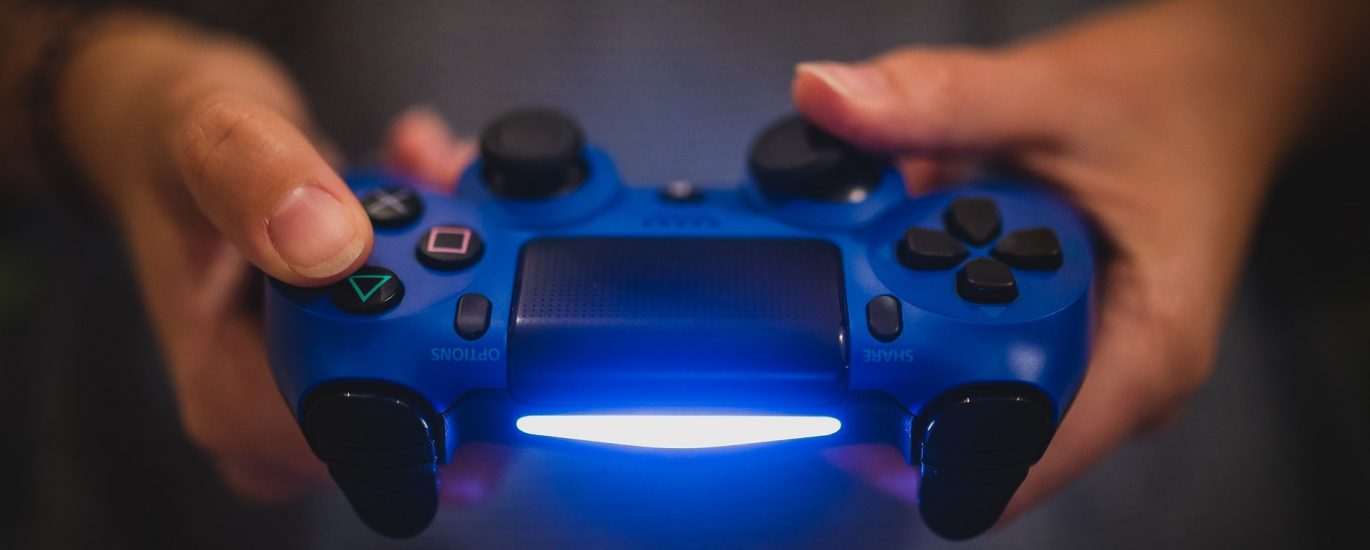In 1972, California bar Andy Capp’s Tavern was the first to debut the common ancestor of modern gaming, pong.
When customers had one pixel ricochet between two rectangles, construction of the $ 120 billion industry officially began. It’s an industry that is attracting more and more competitors from Amazon to Facebook, from Bytedance to Google. When the industry is perhaps the most unpredictable year, we’ve gathered four insights to illuminate by focusing on what’s important to players.
But first, we want to identify the people who put gambling at the center of their interests.
Who are the modern players?
Today, more than 4 in 10 Internet users are gamers defined as interested in gaming and playing on any device. In this target group, 63% are men and 37% are women. Men in particular are the most common players on almost every device we follow.
However, smartphones are an exception to the rule, as all genders have equal opportunities to play games on their phones, demonstrating the importance of this device in attracting new players. Just under half of the millennium plays on any device, while approx. one of the four Gen Xs and Gen Zs can be identified as such. Players in the baby age groups may not be surprisingly unlikely, and only 4% identify themselves as such.
In Latin America, there is no interest in gambling anywhere else in the world. Nearly half of the region’s internet users identify themselves as players – surpassing the second largest region, the MEA, by as much as 12%. But how does the gaming industry intend to maintain its ubiquitous character as it progresses? With our data, we look at the biggest developments in gaming over the past year, observe the global behavior of Internet users and gamers, and look at trends that are set to flourish in 2020.
Game consoles are back.
Historically, games have been connected to consoles and computers / laptops. While increasing ownership of smartphones has brought more and more people into the growing gaming world over the past decade, console manufacturers continue to add interest to the gaming experience they deliver.
With one in four Internet users and two in five gamers still using game consoles to play, the arrival of a new generation of consoles is a long-awaited opportunity to play. 2019 was the last year that eighth-generation game consoles, such as the Xbox One and Playstation 4, served as flagships for their developers, Microsoft and Sony.
Despite the decline in game console use over the past five years, from one in three Internet users in 2015, next-generation consoles could boost the popularity of these devices.
A trend of nostalgia has been observed in remastered games.
The new consoles may offer higher frame rates and expanded graphics, but without a solid gaming library, there’s little reason to buy these devices. As such, there are still a number of players (15%) who will continue to play on the discontinued PlayStation 3, perhaps because of its massive game library and low price. In our 2020 trend report, we analyze the importance of nostalgia in the lives of modern consumers. Backward compatibility with older consoles not only takes advantage of this nostalgic trend, but certainly provides a competitive advantage to the next generation.






